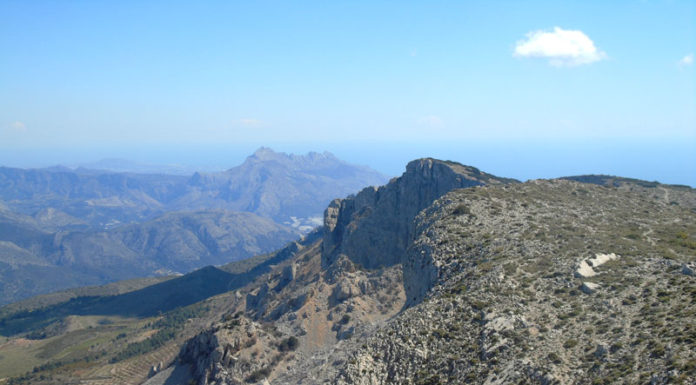Valencia regional government has brought 12 osprey chicks from Scotland to the Marjal de Pego-Olive natural park, as part of a project started five years ago with the Iberdrola España, Migres and Roy Dennis foundations.
The hope is that they will ensure the conservation of the species in this region, where numbers have declined in recent decades, by nesting and establishing a population that will connect between those in Andalucía and the Balearic Islands, explained the regional director general for the environment, Raúl Mérida.
They have been brought here so young because the species is highly philopatric, in that they return to their place of origin to breed once they reach sexual maturity, he said.
The chicks are only about 30 days old but are already able to feed themselves with food that their parents provide.
From now on, monitoring experts will take over caring and feeding duties, without direct contact, for about a month, as the chicks finish their development in the artificial nests.
The chicks, provided by the Roy Dennis Wildlife Foundation, arrived from the Scotland Highlands on July 13, having travelled under the supervision of experts from the Migres foundation.
All but one of the dozen have already flown and some may return to their wintering area next year when they are adults.
Now at the Marjal de Pego-Oliva natural park, their development will continue to be monitored until they are fit to be released and migrate to Africa (Senegal and adjacent countries).
The osprey is one of the most widely distributed birds of prey in the world, present in every continent except Antarctica.
Although the species is not threatened on a global scale, European populations, especially in the Mediterranean basin, suffered a significant decline at the end of the 20th century.
“Although in the past it was considered a well-distributed species in the Iberia Peninsula, it became extinct as a breeder in the 1980s, leaving it reduced to a few dozen in populations of the Balearic and Canary Islands,” added Sr Mérida.
































